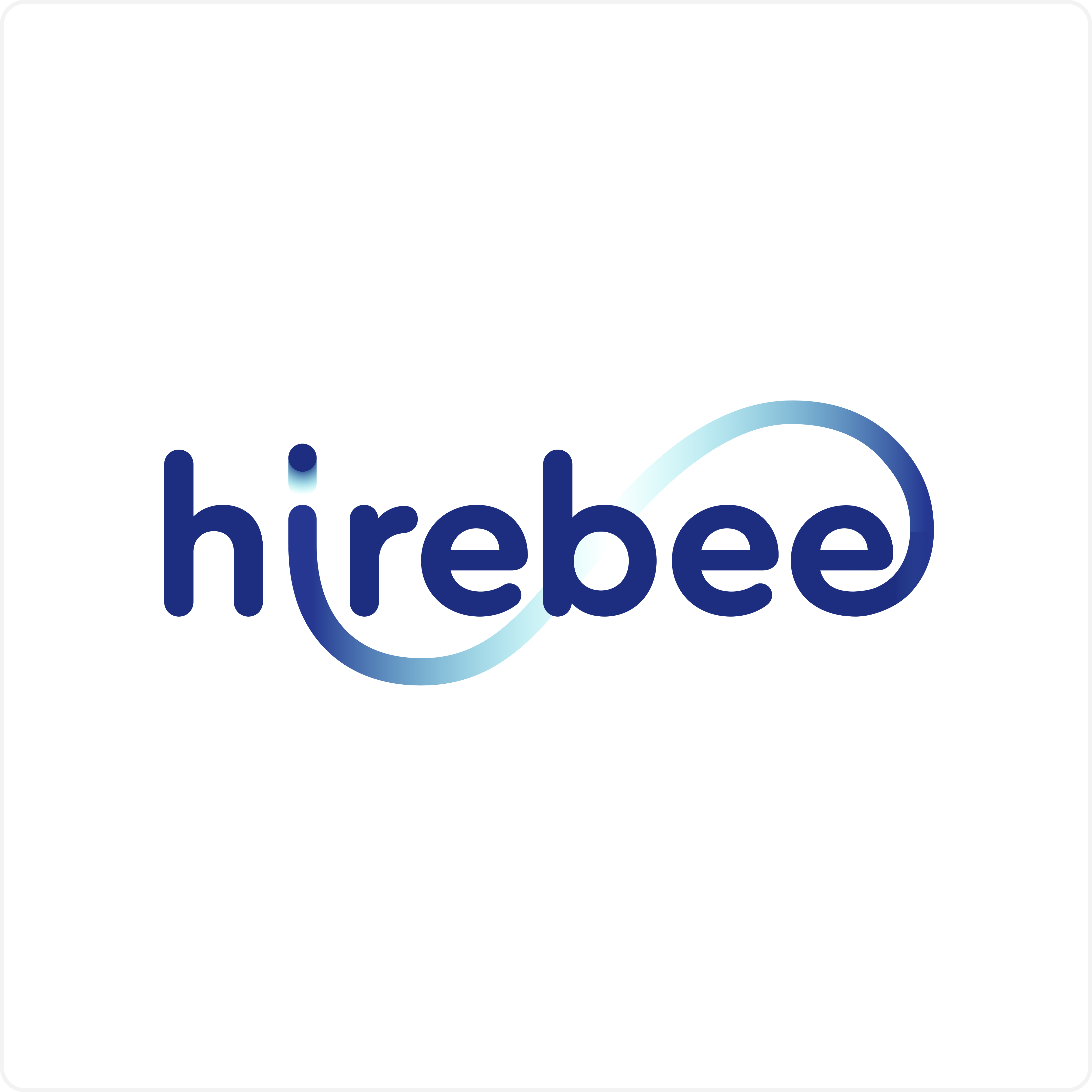The purpose of this guide is to assist recruiters in preparing for intake meetings with hiring managers, including targeted questions that will help to set the stage for successful recruitment.
A meeting of intake is what it sounds like.
A recruiter holds an intake meeting with a hiring manager during the initial phase of the recruiting process. Recruitment meetings are useful because they help recruiters clarify job titles and responsibilities, set candidate qualification criteria, and agree on hiring stages (e.g., telephonic interviews, assessment tests, etc.).
- Reducing miscommunications and e-mail back-and-forth
- Establish the requirements of the position in detail
- Participate in the recruitment process by engaging hiring managers
- Work closely with hiring managers to maintain a positive working relationship
An overview of how to prepare for an intake meeting with a hiring manager
The hiring process begins long before recruiters start screening resumes or interviewing
candidates. For successful intake meetings with hiring managers:
- Research both externally and internally. Save time by researching the following before meeting with hiring managers: Salary benchmark data for this position Typical skills and qualifications required for this position Sources of previous hires (if you have recruited employees for this or similar roles in the past)
- Decide on a timeframe. Based on recruiting metrics like the following, you can estimate how much time you will need for each stage of the hiring process:
- Relative yields
- Hire-to-hire time
- Estimated time to fill
- Learn as much as you can about the open position. Learn as much as you can about the hiring manager before meeting with them:
- If necessary, contact your finance department for the recruitment budget for this position.
- Why this position is being filled (if it is a replacement or a new position)
- Whether the position will be long-term or short-term (e.g. full-time or part-time)
Here are some sample questions to ask hiring managers during the intake process
If you ask pointed questions during intake meetings, you’ll be able to shape a candidate profile and learn more about the motivation behind hiring. The following are some examples of questions you might ask:
- Why do you need to hire for this role?
- What’s your department’s function within the company?
- What’s the structure of your current team and who will your new hire report to?
- Will your new hire have any direct reports?
- What are the main responsibilities that your new hire will have?
- What are the top three contributions this new hire will make to the company within their first 90 or 120 days?
- What is the relationship this role has to other lines of business within the organization?
- What qualifications are must-haves for candidates? (e.g. X technical skills, experience with Y projects, Z certification or license)
- What would be some nice-to-have skills for candidates and why? (e.g. experience in retail, familiarity with X programming language)
- Is it necessary for candidates to have industry experience for this role? Why or why not?
- What software should your new hire be proficient in?
- What are your dealbreakers and why?
- What’s the salary range for this position?
- Beyond our standard employee benefits package, are there any additional perks and benefits related to this position? (e.g. sales bonus)
- What’s the working schedule for this position?
- When do you ideally want your new hire to start?
- How do you plan to assess candidates during the hiring process? Will you give them a written assignment or a project?
- What’s the career path for this position?
Intake meeting procedures and follow-up
- Make it easier for hiring managers to distinguish between must-haves and nice-to-haves. In addition to scaring away applicants, a long list of requirements can cause you to reject good candidates due to their inability to meet all requirements. During the interview process, ask hiring managers follow-up questions such as “Should we immediately disqualify candidates without X on their resumes? ” to identify what’s desired rather than required.
- Prepare the job ad. Or, review the job description your hiring manager wrote. You can use job description templates as a starting point and customize them. Make sure your job ad is well-structured, buzzword-free and that it clearly describes the scope of responsibilities. Add anything that would attract potential candidates, like benefits your company offers.
- Follow up on a regular basis. Maintain communication with hiring managers throughout the recruitment process. Using your Applicant Tracking System to generate hiring status updates or reports makes the hiring process transparent and easy to understand. Inform hiring managers of the number of interviews held, the number of candidates who qualified, and the reasons why candidates were not selected.
- Assist with the interview process. Interviewing can be challenging for some hiring managers, particularly those who are new to their positions. Describe some sample interview questions, offer tips on how to evaluate candidates’ answers (including how to read candidates’ body language), and highlight illegal questions.








